From wreck to reborn: can you make money converting a doer-upper into a dream home?
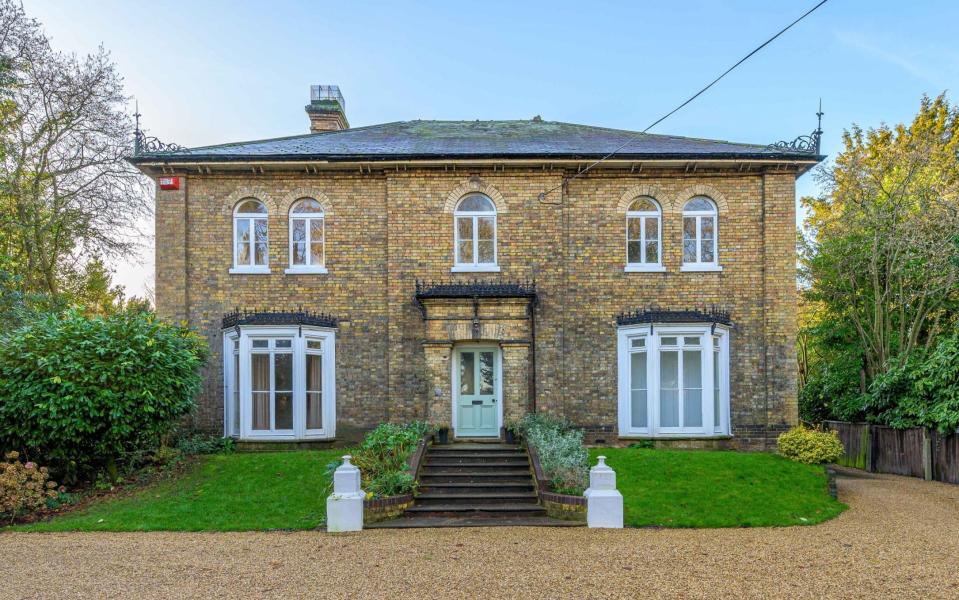
Some people busied themselves perfecting their baking skills during lockdowns. Others, like Adam Vernon and Abbey Budd, used their spare time more productively: to create their first home together.
The couple, both 24, bought a three-bedroom semi-detached house in the Cumbrian market town of Brampton in October. As first-time buyers their budget was limited, so they opted for a £124,000 project house, which had been empty since 2013.
“There was woodchip everywhere, and it has been the bane of my life,” said Mr Vernon, a firefighter. “It is horrible stuff, but we had to get it off. At least we had a lot of free time to do it, because of the pandemic.”
They then had the walls replastered and removed a wall to give a more open-plan feel. They have also had new flooring installed. The to-do list at their former Ministry of Defence property is still long. They need to redecorate, replace skirting boards, and want a ground floor extension.
“It has been hard because I am studying as well as working, but we have had a lot of help from Abbey’s dad, who used to be a builder,” he said. “Before we started this, we didn’t even know how to put up curtains.”
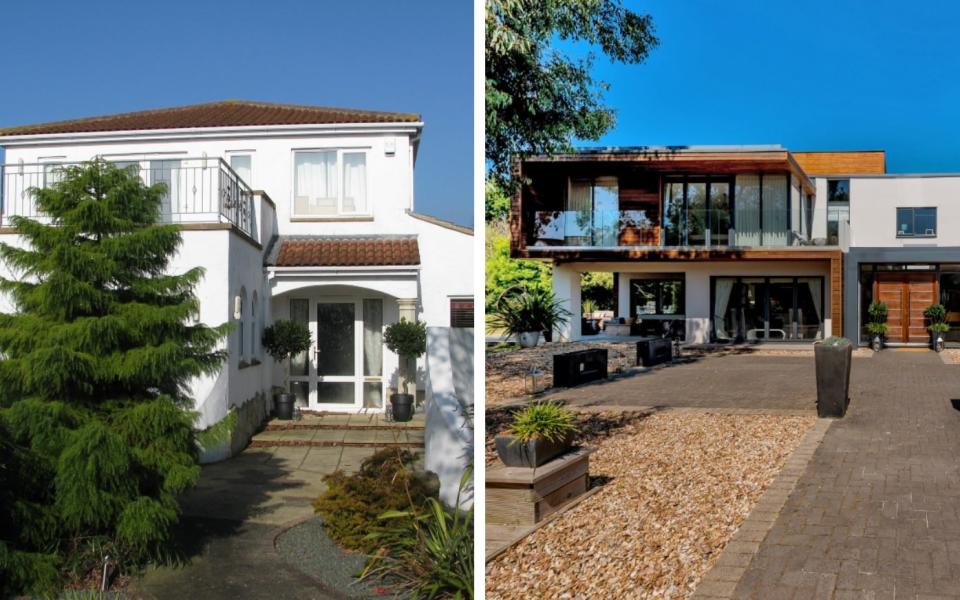
They are far from the only people who have devoted the past year to overhauling a tired, old home. A report, by construction data firm BarbourABI, found that 2020 was a turnaround year for renovations after four years of decline.
The number of new planning applications lodged with councils across the UK peaked in April 2016 at 29,664. After the EU referendum in June of that year, the housing market began to slow, and as a result so did planning application numbers.
However, in the middle of last year, something unexpected occurred. Numbers started to rise again. There were 25,465 new applications for house renovations during December 2020.
Since the majority of home improvements can be done without planning permission, these numbers almost certainly represent only the tip of a renovation iceberg. This is particularly the case as permitted development rights, allowing for work without permission, have been expanded recently.
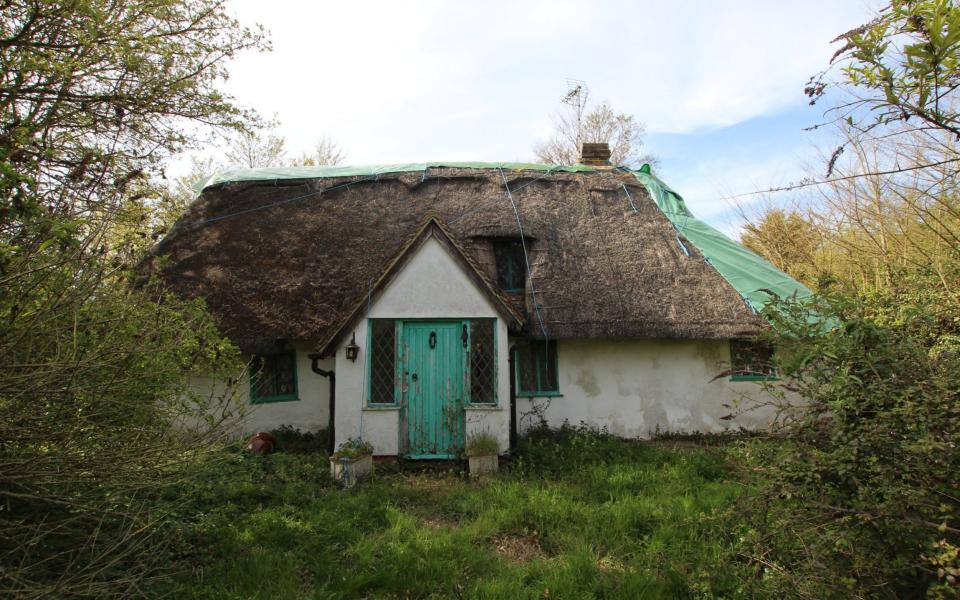
Some of these projects will be carried out on people’s current homes. But estate agents report that buyers are increasingly willing to take on fixer-uppers. Many buyers, particularly young families, are being forced to due to a severe shortage of properties for sale, particularly in the countryside, according to Philip Harvey of buying agency Property Vision.
On the Cornish coast, a shortage of homes is also boosting demand – and prices. In early April, agents John Bray & Partners sold two fixer-uppers, including a three-bedroom house close to Polzeath Beach, which sold for more than 30pc above the guide price.
In the same month, a derelict house in St John’s Wood, north London, sold for more than £500,000 over its £5.75m asking price. The eight-bedroom property, sold by agents Aston Chase and Arlington Residential, was viewed by nearly 50 prospective buyers.
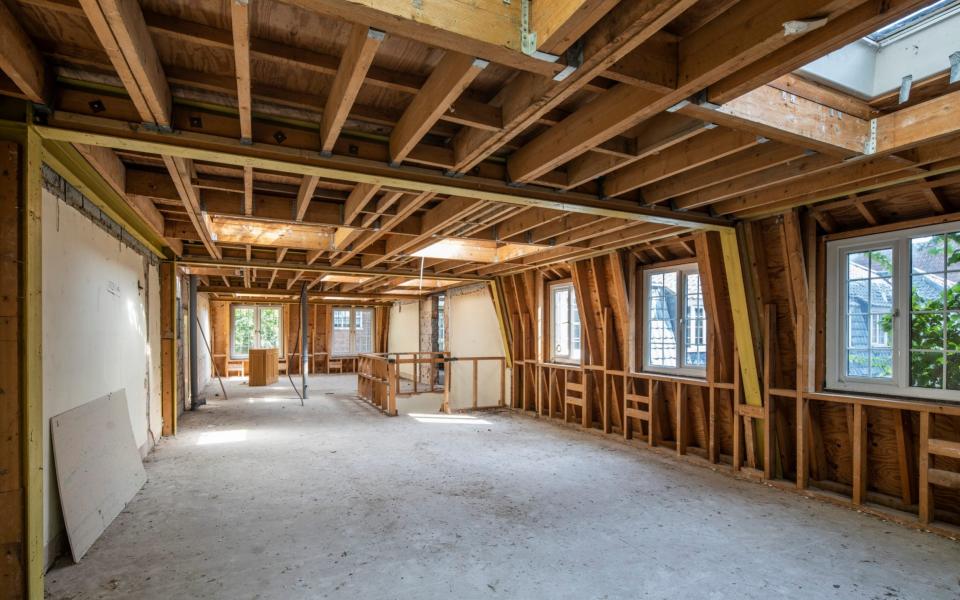
Taking on a project of this scale is an expensive business. It will comfortably take a seven-figure sum to fix the house up, but similar-sized houses in St John’s Wood are currently on sale for anywhere between £7m to £25m.
In more modestly priced neighbourhoods the margins are far tighter. But if resale value is an issue, buyers need to keep a very tight rein on spending, right from the start.
There is no precise formula for working out how much you should pay for a run-down home; its price will depend on how desperate the sellers are and how much competition you face. Chris Husson-Martin, of estate agent Hamptons in Salisbury, suggested fixer-upper discounts should be somewhere between 10pc and 25pc.
With sellers in the driving seat due to an acute lack of homes for sale, there may not be many true bargains right now, said Harry Gladwin of buying agent The Buying Solution. “We have seen some buyers taking a very long-term view on such projects and paying essentially the same money one would expect for the finished article – or at least not applying a significant discount,” he said.
Once you own your wreck you will need to decide what to do with it. The most popular projects of the last year, according to the research by Barbour ABI, were ground floor extensions. The levels of applications for loft conversions and conservatories were flat, while demand for basement extensions has been on the wane since 2015.
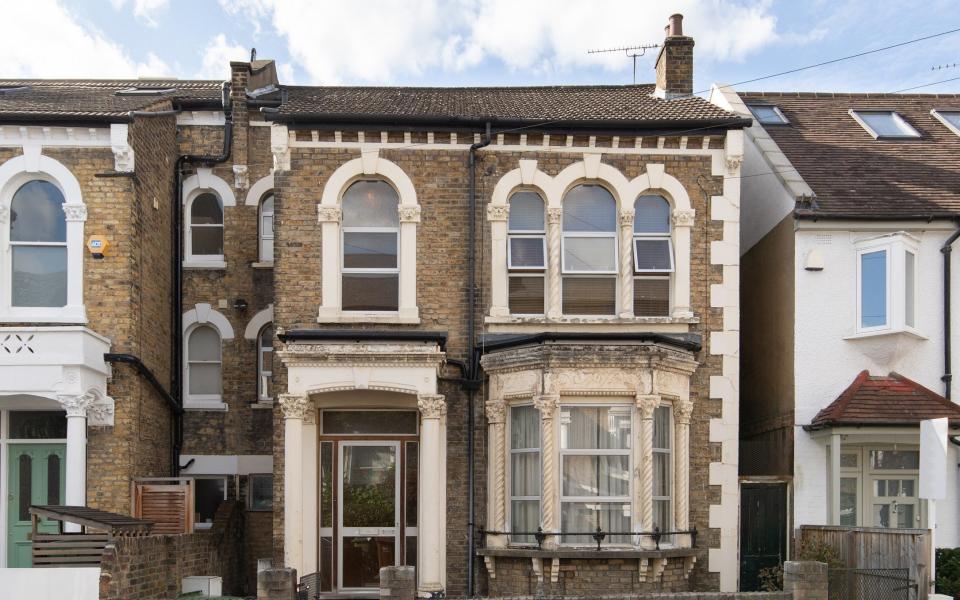
Before you invest in overhauling the property, it’s important to think of not just what you want out of your house, but what future buyers will look for. This emphasis on downstairs space and light is sensible, said Mr Harvey. A big family kitchen and entertaining space will be a hit when it’s later sold, he said, and is more important than squeezing in an extra bedroom.
Take the opportunity to add an extra bathroom, advised Peter Elson, of estate agency Yopa. “It can add up to 5pc of value to your property,” he said.
Whatever you decide to do, said Stuart Flint of estate agency Fisher German, the key is to do it well. “Do not cut corners, and ensure the finish is of the highest quality as that is key.”
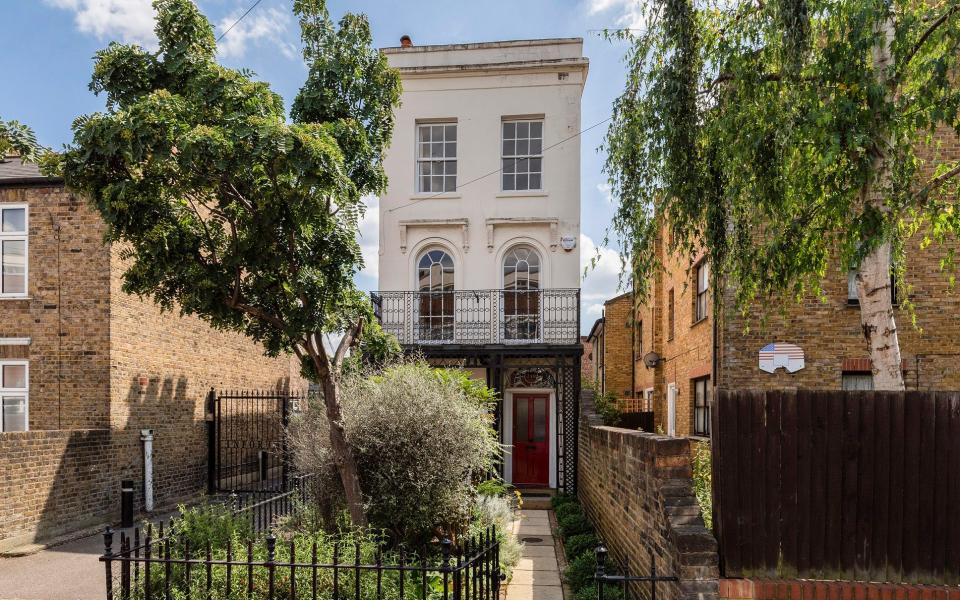
When working out if your plans stack up financially, be sure to include a 20pc contingency alongside the cost of the work. Work out what the property would be worth once renovated by asking a range of agents for their estimates.
A potential profit margin is only one benefit of doing up a home. By buying a cheaper, albeit dilapidated, home, you will pay less stamp duty at the start. If the property is liveable, you can also stagger the work so you don’t have to pay for everything upfront.
However, interested parties should proceed with caution, warned Robin Gould of buying agency Prime Purchase. “We have all watched programmes where people buy a dilapidated property at auction and make a fortune doing it up,” he said. “Nine times out of ten it takes far longer and more money than you thought it was going to.”
His advice is to get as much practical advice that you can from builders and architects, and assume that the work will take longer and cost more than you think. “The most successful renovations are done by those who know the right contractors and advisers to get in and are very organised about how they do it.”
